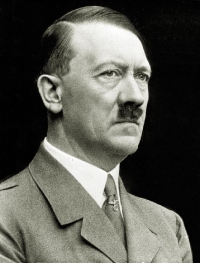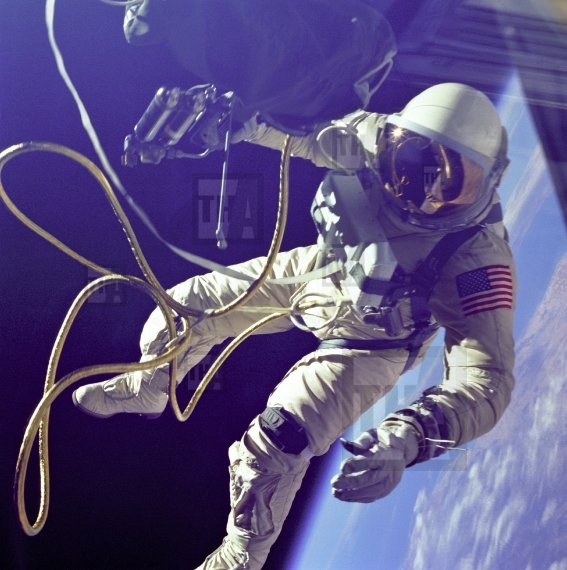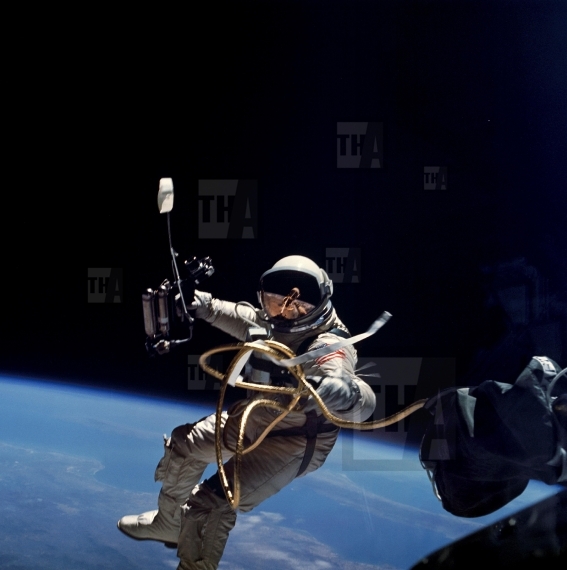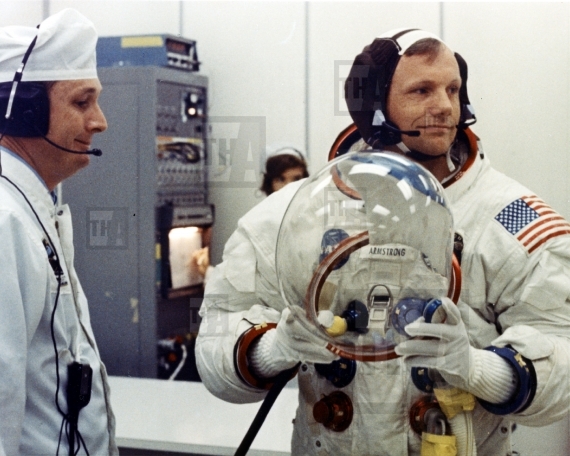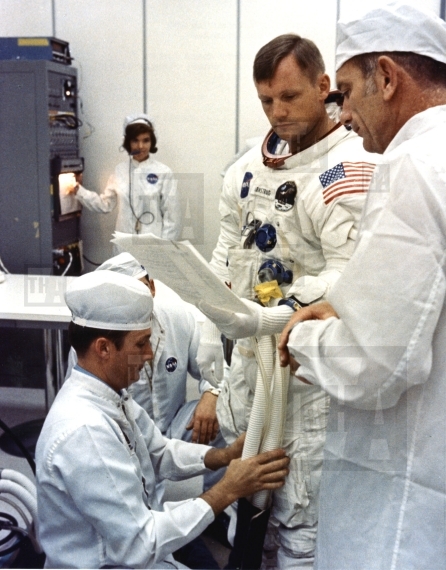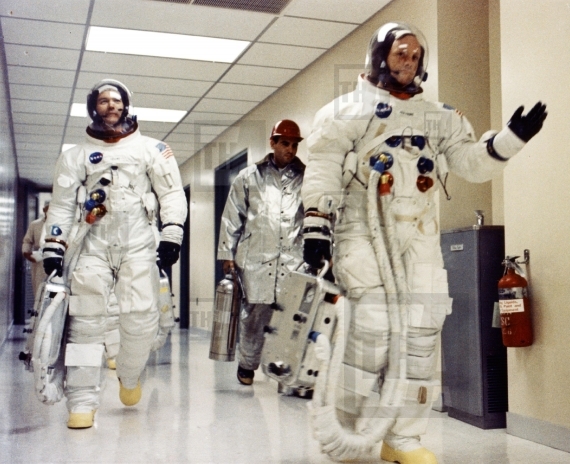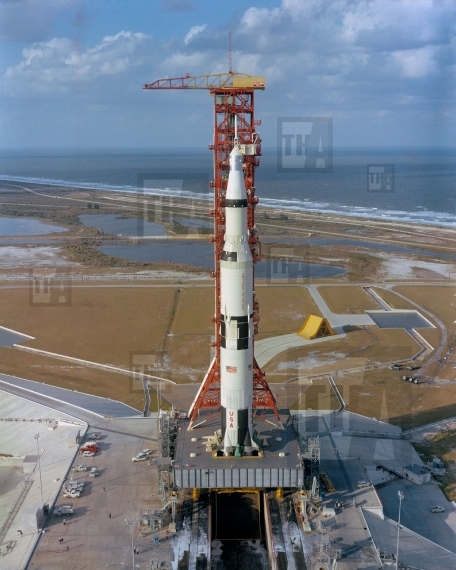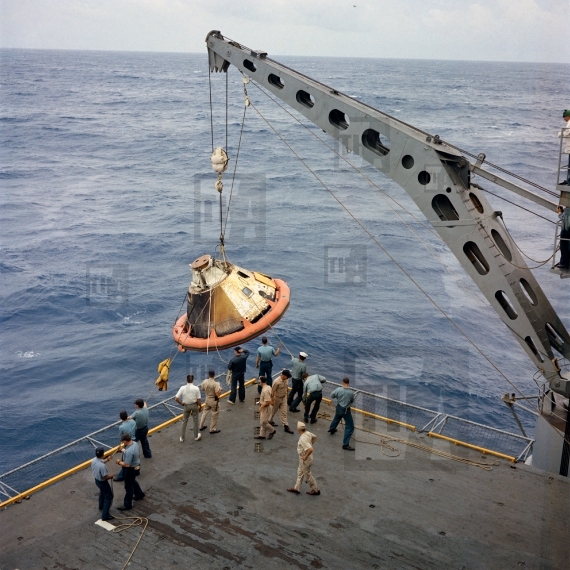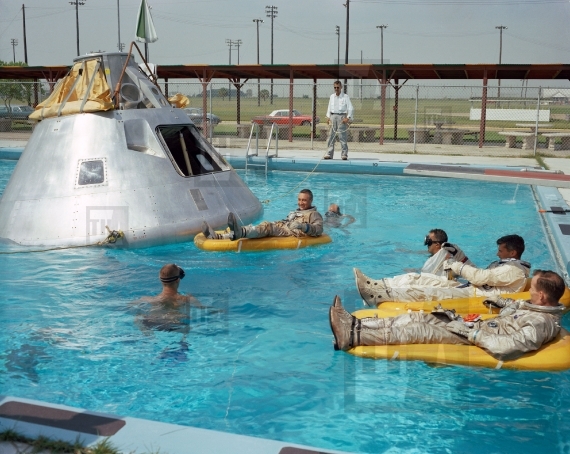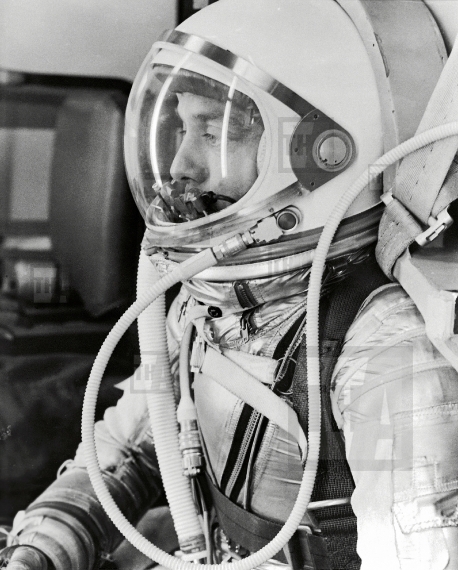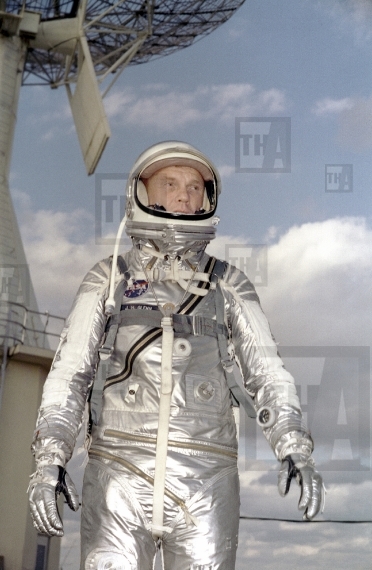- Files
-
Celebrity stock photos, film stills, archival images, classic television, celebrity portraits
Explore entertainment stock images at the best quality
-
Stock
- Photo
-
Special offer
- Collections
- Lightboxes
-
Licenses
- Royalty free
- Rights managed
- Creative
- Editorial
-
-
- Categories
- Site info
-
-
Site info
- The Archive Journal
- About
- FAQ
- Research and Licensing
- Contact Us
- International Partners
- The Heart of Screenland
- Sign Up
- Terms and Conditions
-
Customers
- Users
-
Contributors
-
-
Your Shopping Cart is empty.
 English
English

